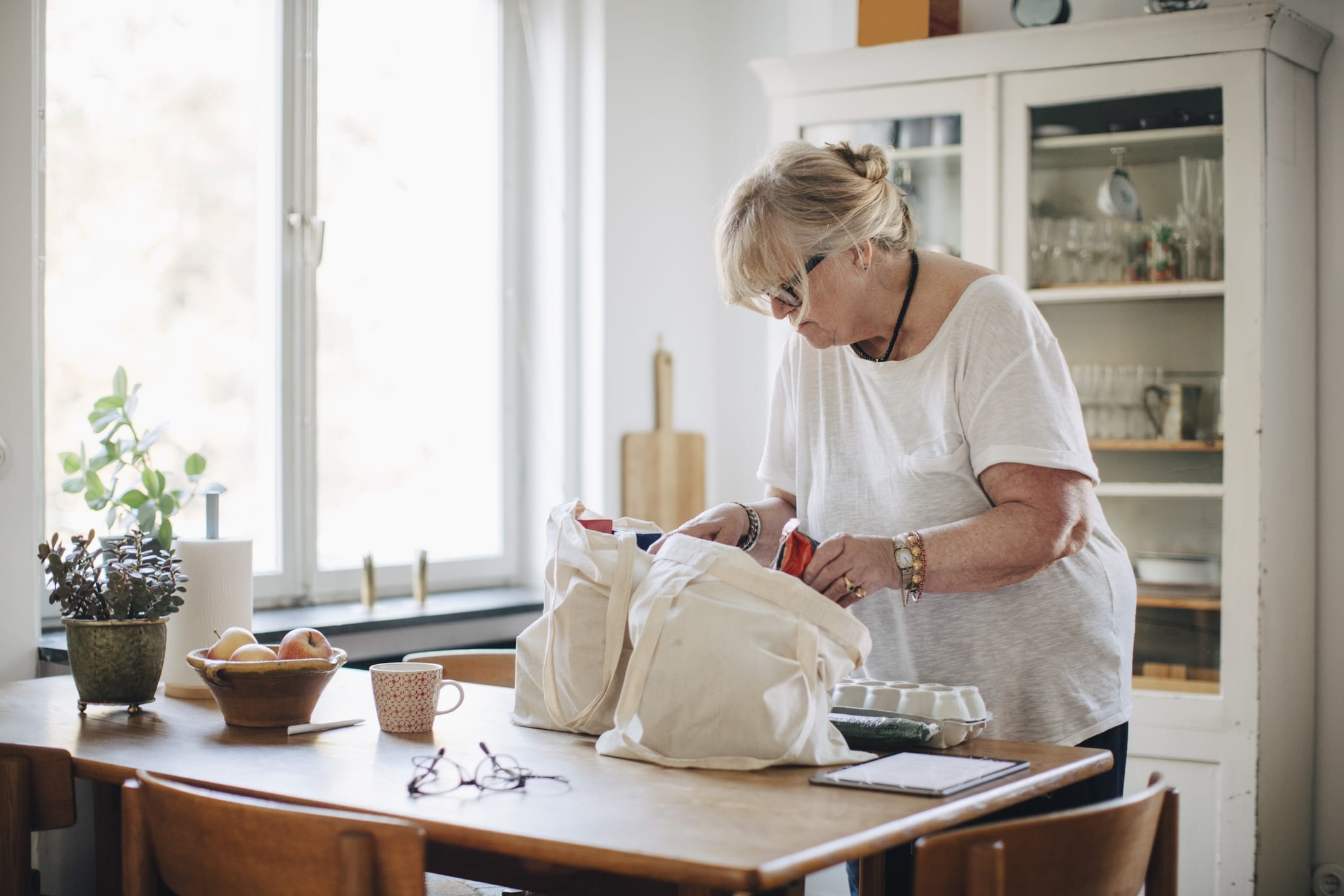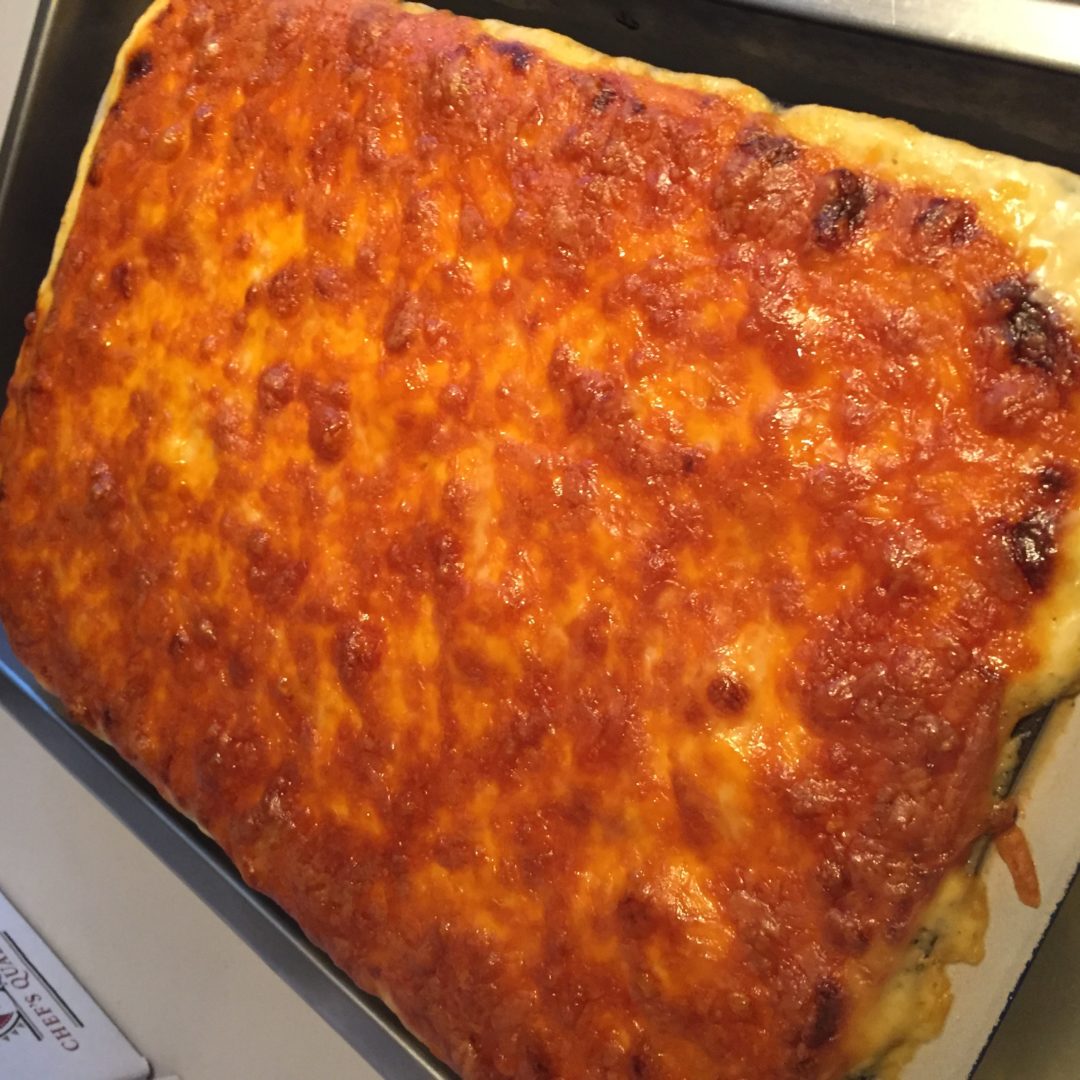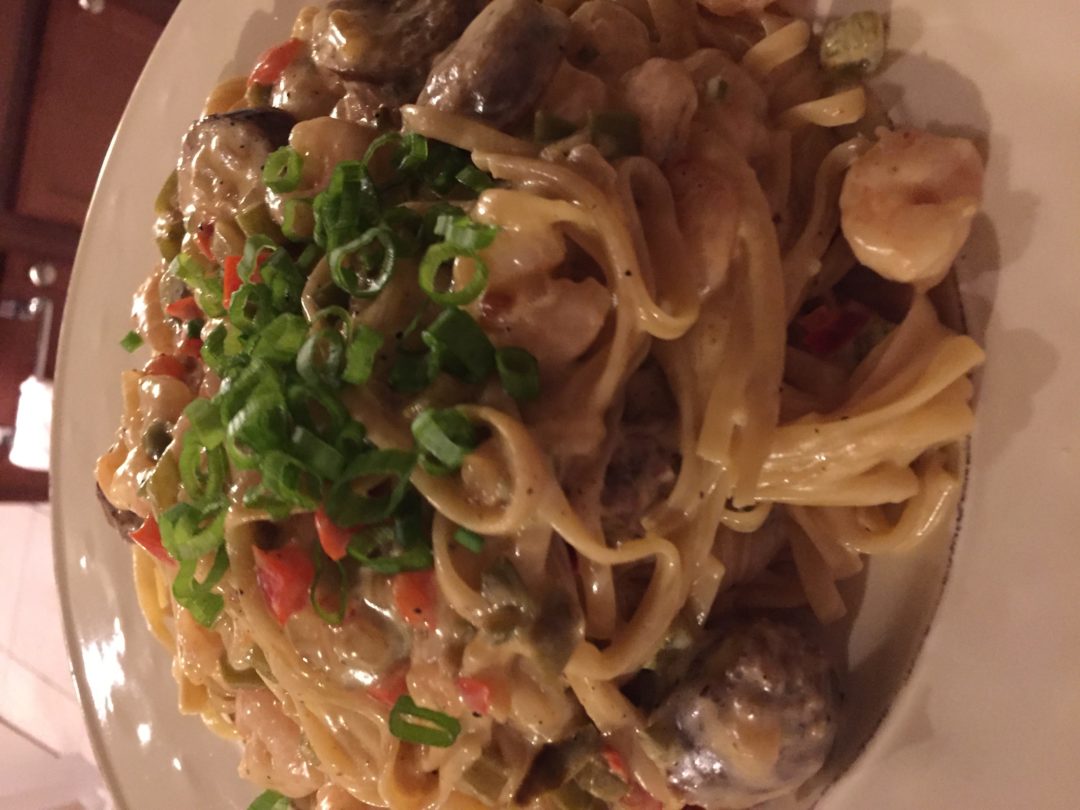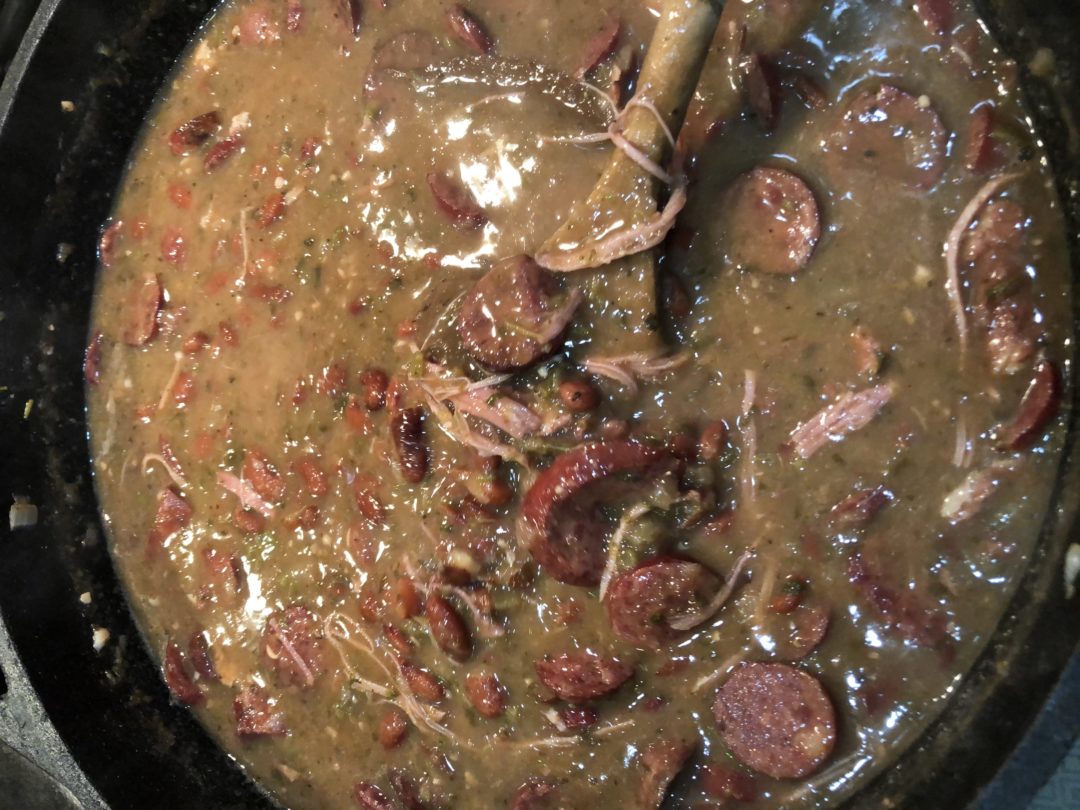By now the realization has set in that COVID-19 is not going away anytime soon. Along with that realization comes trepidation. We have a carefree lifestyle in New Orleans, one that centers around easy access to food and alcohol. I know some of us never cook at home, relying on restaurants and takeout and late-night bar menus and in my case the occasional “All That Jazz” from Verti Marte. Truth be told, many professional cooks don’t love cooking at home. Without the adrenaline rush and the 30,000 BTU burners, it can seem like a drag. But in my time away from the professional kitchen, I have fallen in love with home cooking again. There is something dreamy about being able to prepare food without the hard deadline of the expeditor yelling across the pass. A satisfaction of creating nourishing food to feed loved ones, even if that loved one is just you. And in times like these, it is important to take care of yourself and eat as well as you possibly can and can afford to. It is also important to plan. You want to make the best use of your time and energy. And I’m here to help you.
Hurricane prep, but with power
What we are currently facing is similar to hurricane prep, but without the burden of losing power; so we are already one step ahead in the game. This being said, you still want to think in terms of less perishable items, or items you can prep and freeze. And fortunately, three of my favorite ingredients, pasta, canned or dried beans and chicken/vegetable stock, are inexpensive and can easily fit any diet, even vegan. Plus they make enough portions to last for days, are great out of the freezer and with a few alterations, can be the base for other meals, with a little creativity. And being creative is not only fun, but it will make the thought of staying inside for the next few weeks more palatable (terrible pun not only intended but encouraged).
Having a well-stocked pantry makes cooking easier and more enjoyable and also gives you options. While grocery stores will remain open throughout this pandemic, it is important to limit your time around other people, so in buy in bulk if possible. And not just food, but containers or resealable bags that will allow you to portion both raw ingredients and cooked items. Also, make sure you have an adequate amount of both hand soap and dish soap. In professional kitchens, we are obsessive hand washers, and you should be too. Now, let’s make groceries.
What you need
Pasta
One of my favorite aisles in the grocery store is the pasta aisle. With a myriad of shapes and sizes to choose from, it can almost seem overwhelming. I always keep a few different types of pastas on hand. Lasagna noodles, fettuccine, spaghetti, elbows, penne, bowties are among my favorites. When buying pasta you should think about how you are going to use it. If you are making a cream-based sauce a wider, flatter noodle like fettuccine works well. Baked macaroni and cheese loves pasta with holes in it, so the cheese sauce can coat it both inside and out.
Pasta should be cooked in salted water. About one to two tablespoons per four quarts. And it is best to cook it for a little less time than it says on the package. This way you can finish cooking it in the sauce, or if baking into a lasagna, baked ziti, or other casserole, it has room to cook more without becoming mushy. From there the sky is the limit. Pasta is the great throw together ingredient. Whatever you have on hand can be made into a pasta dish. Vegetables, either fresh or frozen, chicken, shrimp, tomatoes, smoked or Italian sausage, be creative. Keep some jarred sauced in your pantry for convenience and you have a meal that you can put together in a half-hour that will satisfy almost any taste.
Beans
In addition to pasta, dried and canned beans are a necessity. I prefer dry, but I’m not above Blue Runners in a pinch. And while red beans are our New Orleans classic, I also love white limas (a.k.a. butterbeans) great northern, black-eyed peas and black beans (which I keep both dry and canned on hand).
Beans Love Pork
Beans, generally speaking, love pork products. Slab bacon, ham hocks, andouille sausage and tasso all add smoke and salt to slowly simmered beans. But beans are equally at home prepared vegetarian or even vegan. And they require next to no attention to cook. Most recipes tell you to soak dried beans and then cook them on the stovetop, which is fine. But what I like to do is put all the ingredients I’m going to use in the pot, and refrigerate it overnight. So if I’m making red beans, the celery, bell peppers, onions, smoked ham hocks, smoked sausage, bay leaves and seasonings would all go in the pot along with the beans and water. This way all the flavors get a chance to infuse. Then I take the whole pot and throw it in the oven, covered, at 300 degrees and let it go for a few hours. When I get the consistency I want, I take it out and finish it on the stovetop. This prevents the bean from scorching and gives them a perfect consistency every time. A crockpot also works well in this regard and you can set it and forget it.
Beans are so versatile. The first night I might eat my red beans traditionally, over rice. But the next morning I love to make a version of huevos rancheros I call huevos Creole. Red beans, rice, tortillas and eggs however you like them. I’ve also been known to mix the beans and rice and roll them in tortillas into burritos. There are so many ways to use beans and they are inexpensive and have a great yield. One pot of cooked beans can give you meals for days.
‘Stock’ Up
The other item I always keep on hand is stock. Stock can be homemade if you have the inclination or store-bought. Grocery store rotisserie chickens make a great stock. Just throw it in a pot and add onions, celery, carrots, fresh or dried herbs, garlic and let it simmer for a few hours. For vegetable stock do the same sans chicken and with mushrooms. It can then be refrigerated for a week or frozen. If this isn’t your thing, boxed stock is fine. Stock is useful for so many things. It is the base of soups and gumbo. It gives your jambalaya that deep flavor that water cannot duplicate.
And if you make that stock, and pick that chicken, and add some cooked pasta noodles, and a can of black beans, and put it all together, now you have a pretty fine soup. All from things you already have on hand.
Now you’re cooking.











